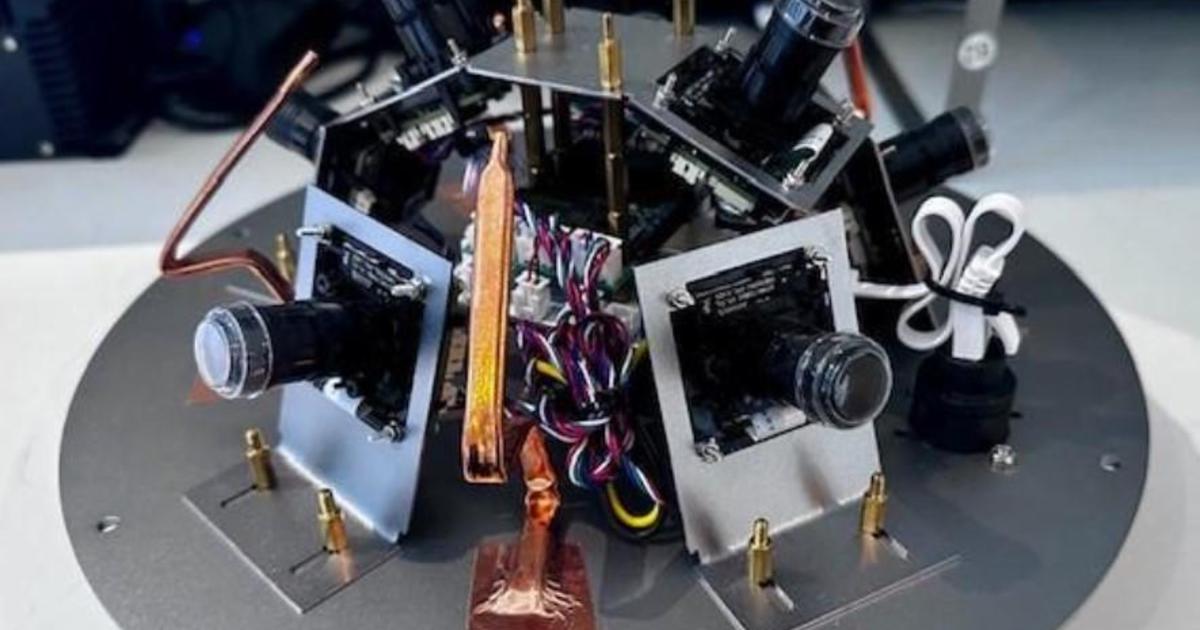The Orionid Meteor Shower Will Peak Tonight, Trail Of Halley's Comet To Create Dazzling Display
(CNN/WJZ) -- The Orionid meteor shower will peak on Monday and Tuesday, sprinkling remnants of Halley's Comet in Earth's atmosphere to create a dazzling display.
This meteor shower may not be the most spectacular of the year, but it delights in other ways. The Orionids appear each year between October 2 and November 7, according to the American Meteor Society.
The peak occurs when the Earth passes through a debris stream left by the Comet Halley as we intersect it's orbit each year at this time. Halley's comet itself was last seen in our sky in 1986 and will reappear in 2061. The comet makes an appearance every 76 years on its journey around the sun, according to NASA.
The meteors radiate from the well-known Orion constellation, but you don't have to look in the direction of the constellation to see them. In fact, you probably shouldn't because those meteors will have short trails and be harder to see.
The best time to see this meteor shower, which could produce 10 to 20 meteors per hour during the peak window, is when the moon isn't dominating the night sky. That's because these meteors are more faint than the Perseid meteor shower.
While the meteor shower will peak in the overnight hours of early morning on October 21 and 22, the best view will be during a brief window between the setting of the moon and the beginning of morning twilight. Allow yourself an hour or two to observe. You can check timeanddate.com to see when the shower peaks in your area.
Orionids are also hard to see because they're so fast. They zip into our atmosphere at 41 miles per second, vaporizing in our upper atmosphere about 60 miles above the Earth's surface. Some have been clocked at 148,000 miles per hour. But there's no danger of these bright meteors colliding with Earth. Some of the meteoroids are only the size of a grain of sand.
But they leave beautiful gas trails that can stretch out for seconds after the meteor itself is gone. Or they can break up into bright fragments.
The best time to watch the meteor shower in Maryland is after midnight.
You should find a place where you can view the open sky away from artificial lights to watch the meteor shower -- like a park or the beach.
Bring a blanket and be patient, it could take an hour or so for the shower to appear and it can take several minutes for your eyes to adjust to the dark.
Once the meteor shower starts -- there could be lulls, so keep an eye out to the skies.
If you get a good picture, we want to see them, send them to us at newsroom@wjz.com or use #BeOnWJZ on Facebook, Twitter or Instagram. [Make sure your photos are public]
The-CNN-Wire™ & © 2019 Cable News Network, Inc., a WarnerMedia Company. All rights reserved.
Correction: An earlier version of this story stated Halley's Comet would be visible, but it's the trail of the comet that will be visit. The comet itself won't be available to see for 40 more years.



